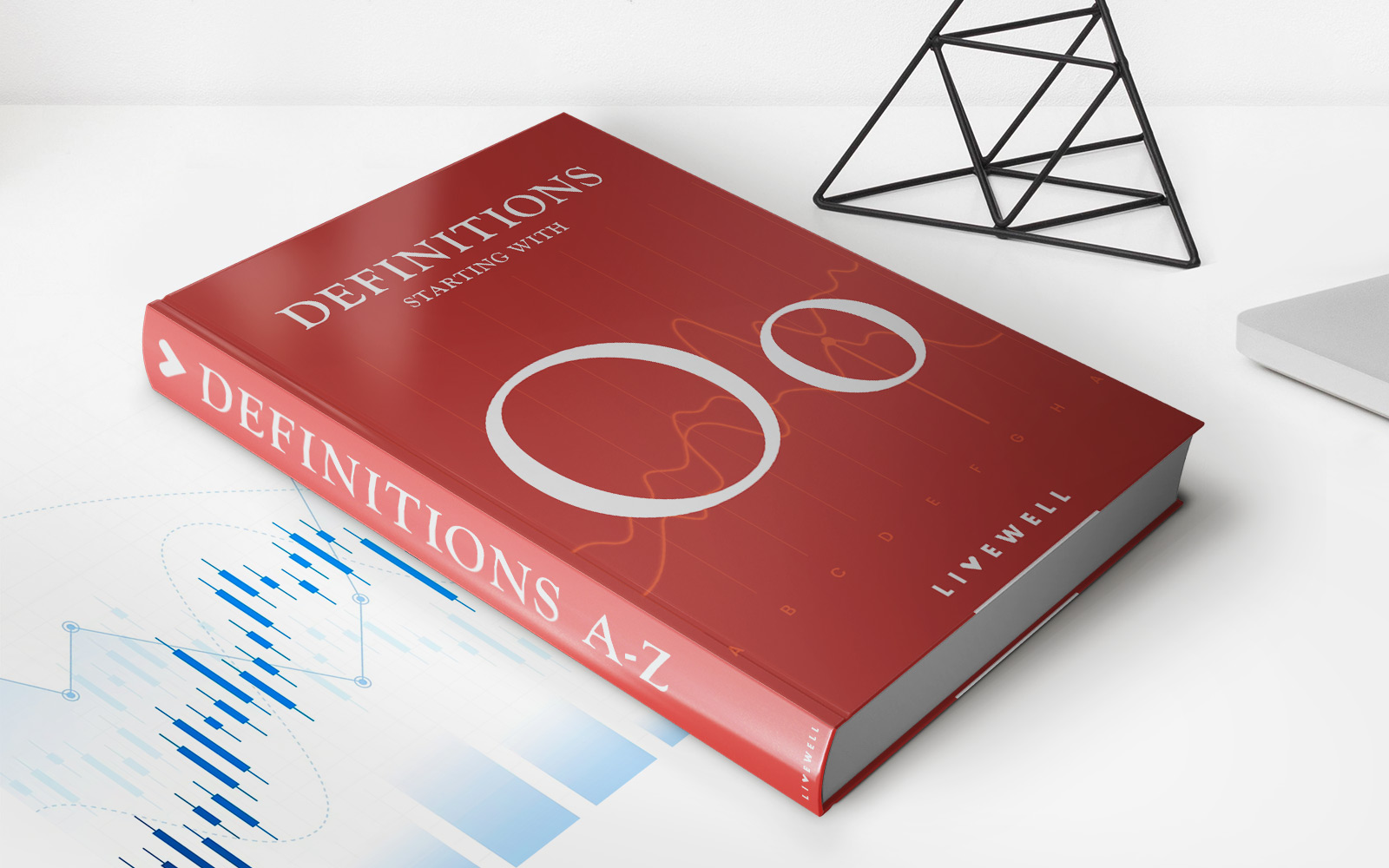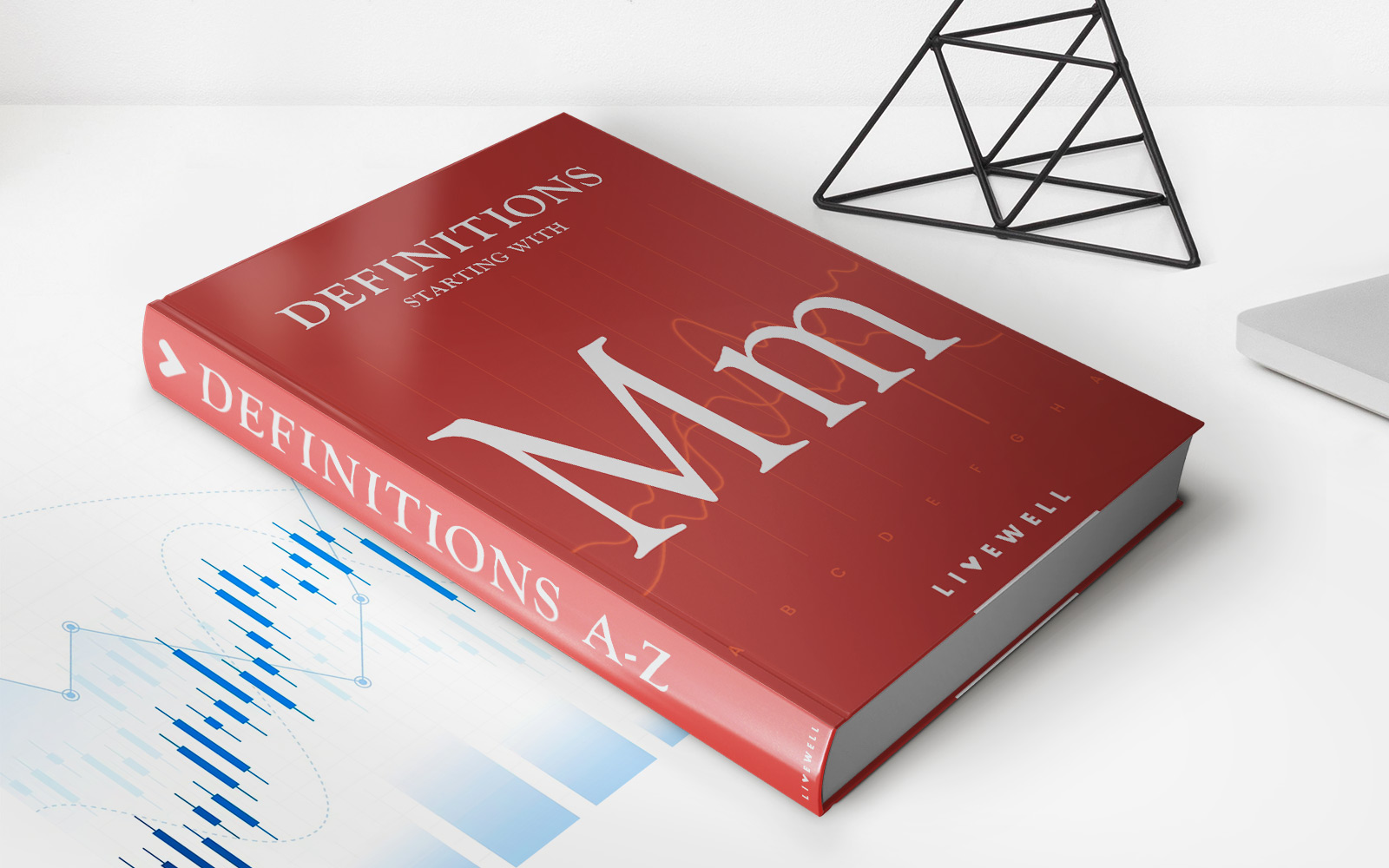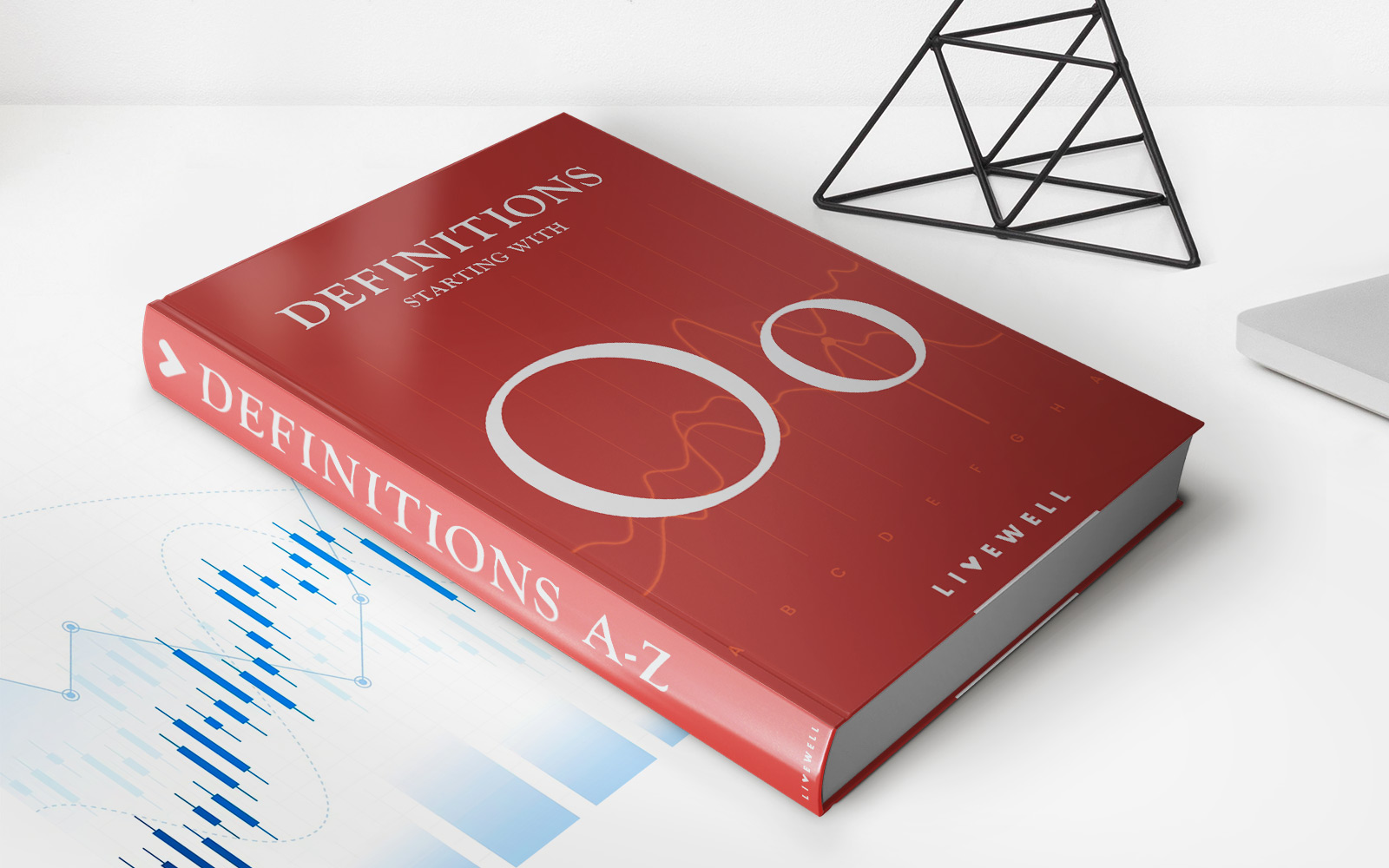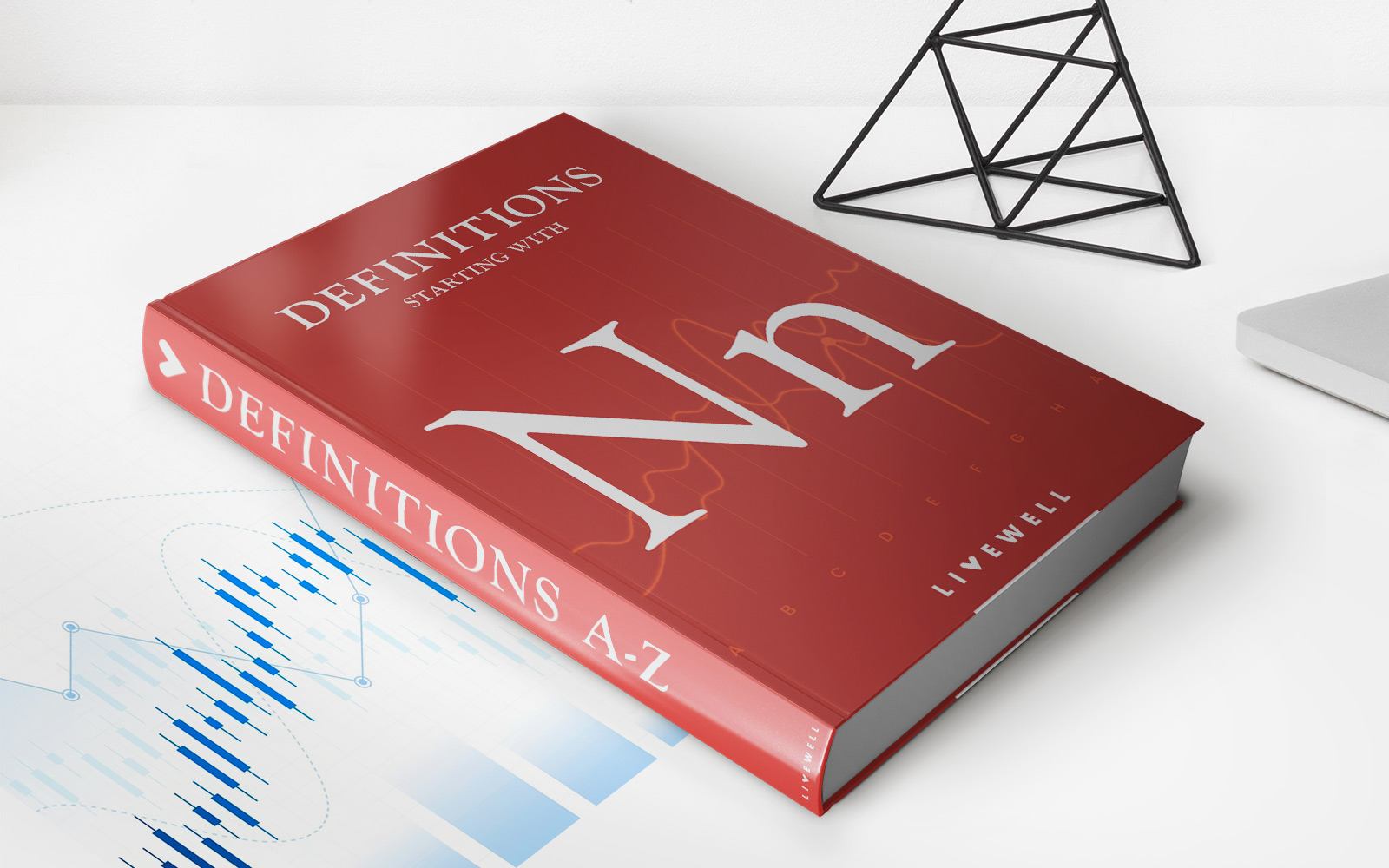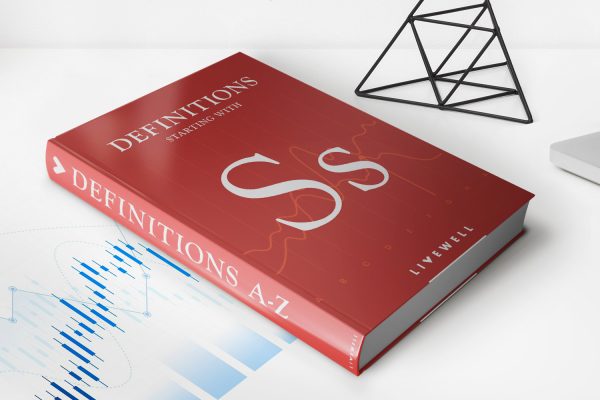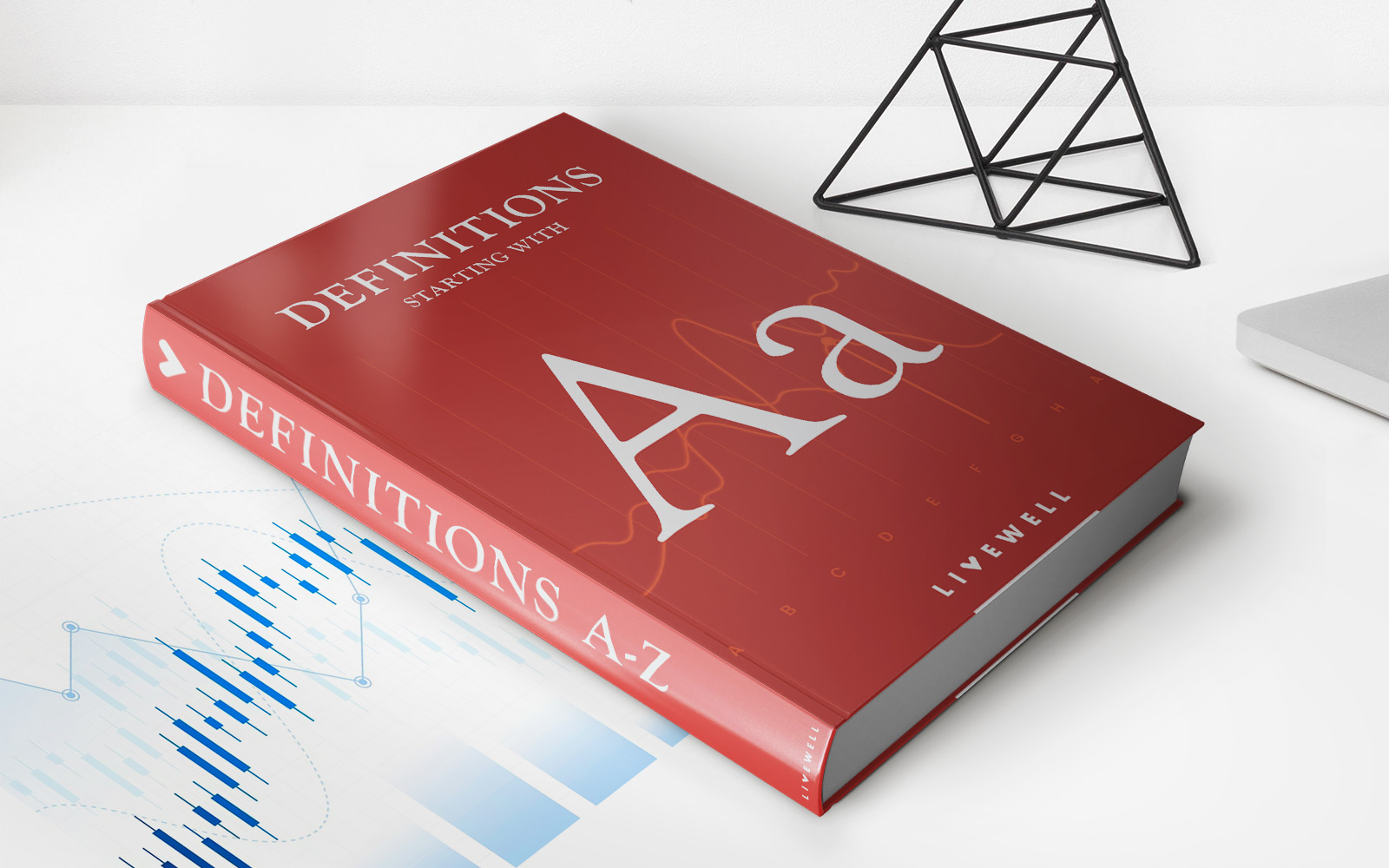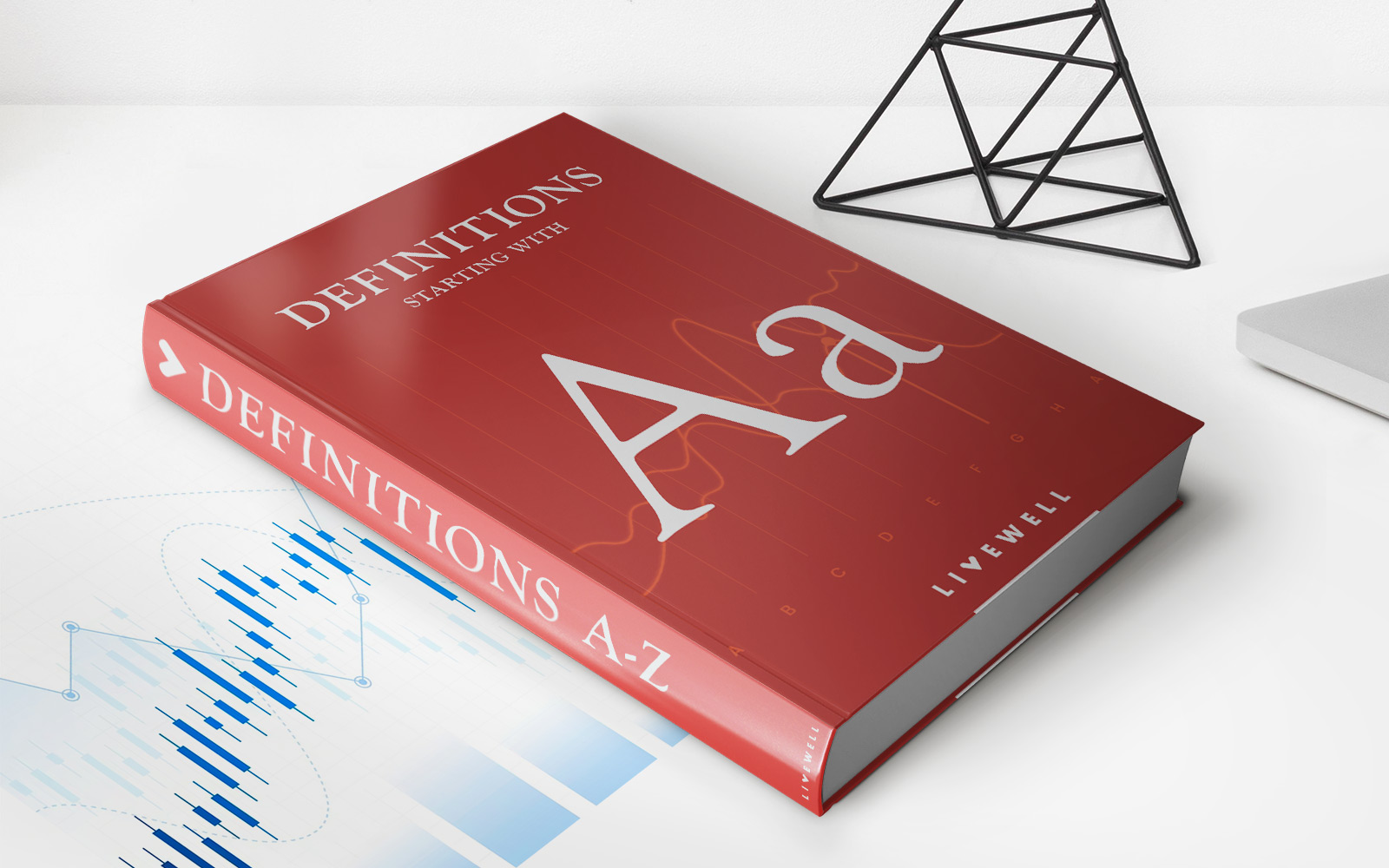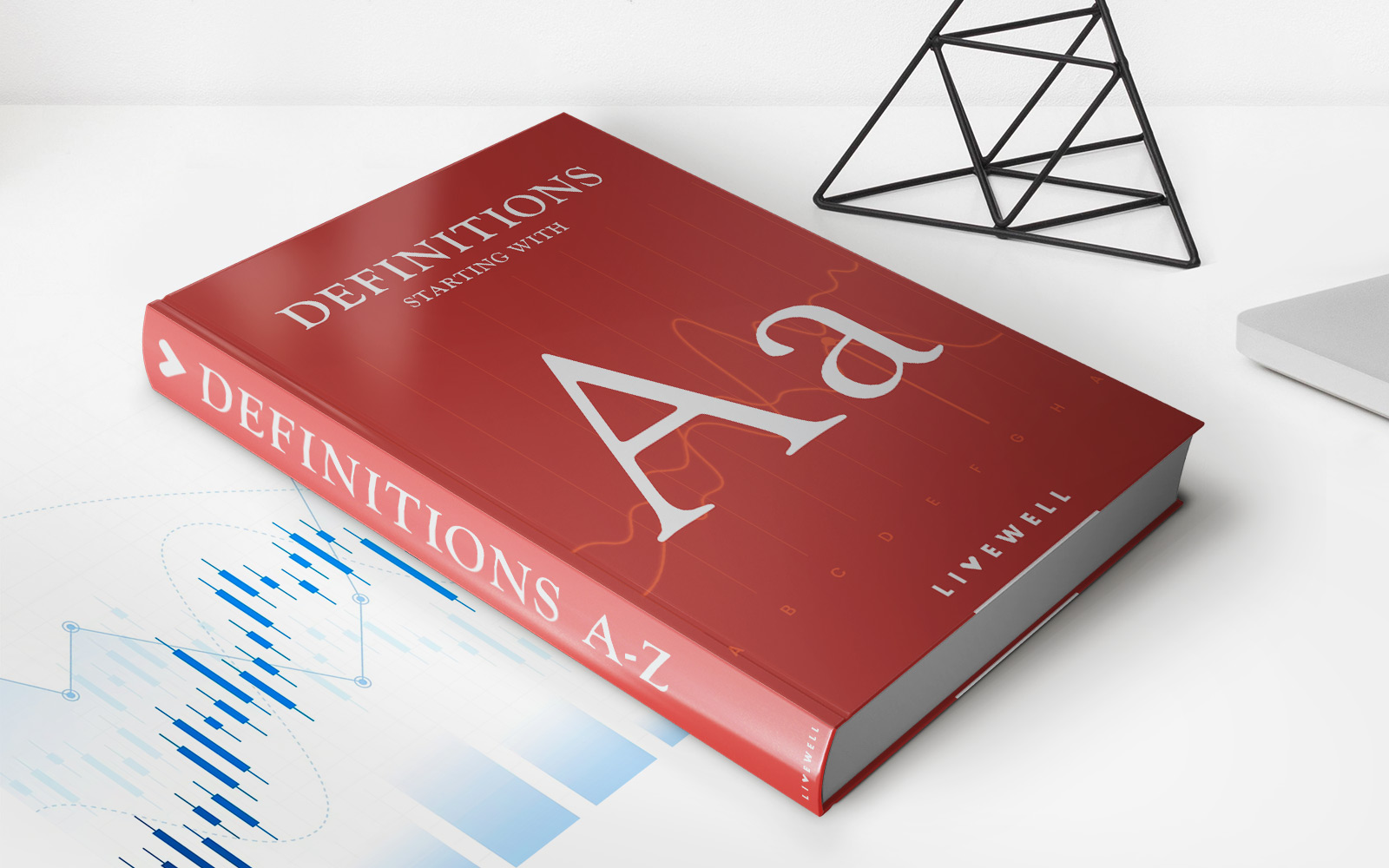Home>Finance>Market-on-Open Order (MOO): Definition, When To Use It
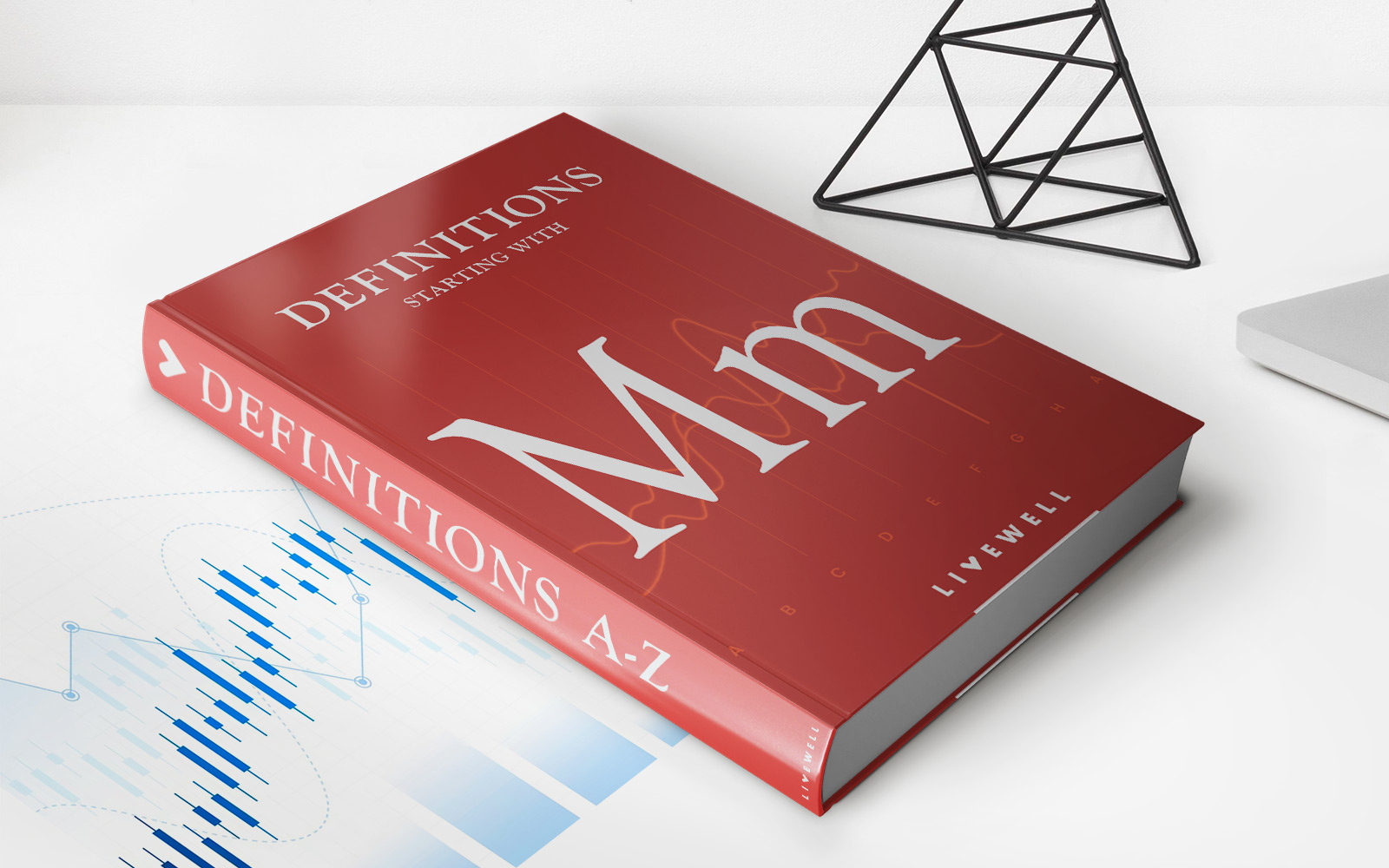

Finance
Market-on-Open Order (MOO): Definition, When To Use It
Published: December 23, 2023
Learn about Market-on-Open Order (MOO) in finance, its definition, and when to use it. Master the art of executing trades efficiently with this powerful order type.
(Many of the links in this article redirect to a specific reviewed product. Your purchase of these products through affiliate links helps to generate commission for LiveWell, at no extra cost. Learn more)
Market-on-Open Order (MOO): Definition, When to Use It
Welcome to our finance category, where we cover various topics related to the world of money management, investing, and trading. In this article, we’ll delve into the concept of Market-on-Open Order (MOO) and discuss its definition and when it’s appropriate to use. Whether you’re an experienced trader or just beginning to explore the world of finance, understanding MOO orders can help you make more informed decisions in the market.
Key Takeaways:
- Market-on-Open Order (MOO) is a type of stock market order that is executed at the opening price of a trading session.
- MOO orders are commonly used by traders who want to take advantage of potential price movements that occur at the start of a trading day.
Now, let’s dive deeper into the concept of MOO and learn when it’s the right time to use this type of order.
What is a Market-on-Open Order (MOO)?
A Market-on-Open Order (MOO) is a type of stock market order that is executed at the opening price of a trading session. This means that the order is placed to buy or sell a security as soon as the market opens.
The opening price of a trading session is determined by market forces, such as supply and demand, and can vary from the previous day’s closing price. By using a MOO order, traders can take advantage of potential price movements that may occur at the start of a trading day.
When to Use a Market-on-Open Order (MOO)?
So, when should you consider using a MOO order? Here are some scenarios where it might be appropriate:
- News-driven events: If you anticipate that a significant news event will have a major impact on the market, using a MOO order can help you capitalize on any potential price swings that occur as the market opens. For example, if a company you’re interested in is set to release their earnings report before the market opens, a MOO order can allow you to take advantage of any potential market reaction.
- Technical analysis: Traders who rely on technical analysis often use MOO orders to execute their trading strategies. By analyzing historical price patterns and chart indicators, they identify potential entry or exit points for a trade. Placing a MOO order allows them to capture the opening price, which may align with their analysis.
- Volatility expectations: If you expect a particular stock or the overall market to experience high volatility at the market open, a MOO order can help you take advantage of potential price swings. When volatility is high, the opening price can deviate significantly from the previous day’s close, presenting both opportunities and risks.
It’s important to note that while MOO orders can be useful in certain situations, they may also come with risks. Market conditions can change rapidly at the opening bell, and prices can move quickly. Therefore, it’s crucial to have a well-defined trading plan and use risk management strategies to protect your investments.
The Bottom Line
In conclusion, a Market-on-Open Order (MOO) is a stock market order executed at the opening price of a trading session. It can be a powerful tool for traders who want to take advantage of potential market movements that occur at the start of the day.
Remember these key takeaways:
- MOO orders are executed at the opening price of a trading session.
- Traders may use MOO orders for news-driven events, technical analysis, or when expecting high volatility.
Before using a MOO order or any other trading strategy, it’s always a good idea to consult with a financial advisor or do thorough research to ensure it aligns with your investment goals and risk tolerance. Happy investing!
